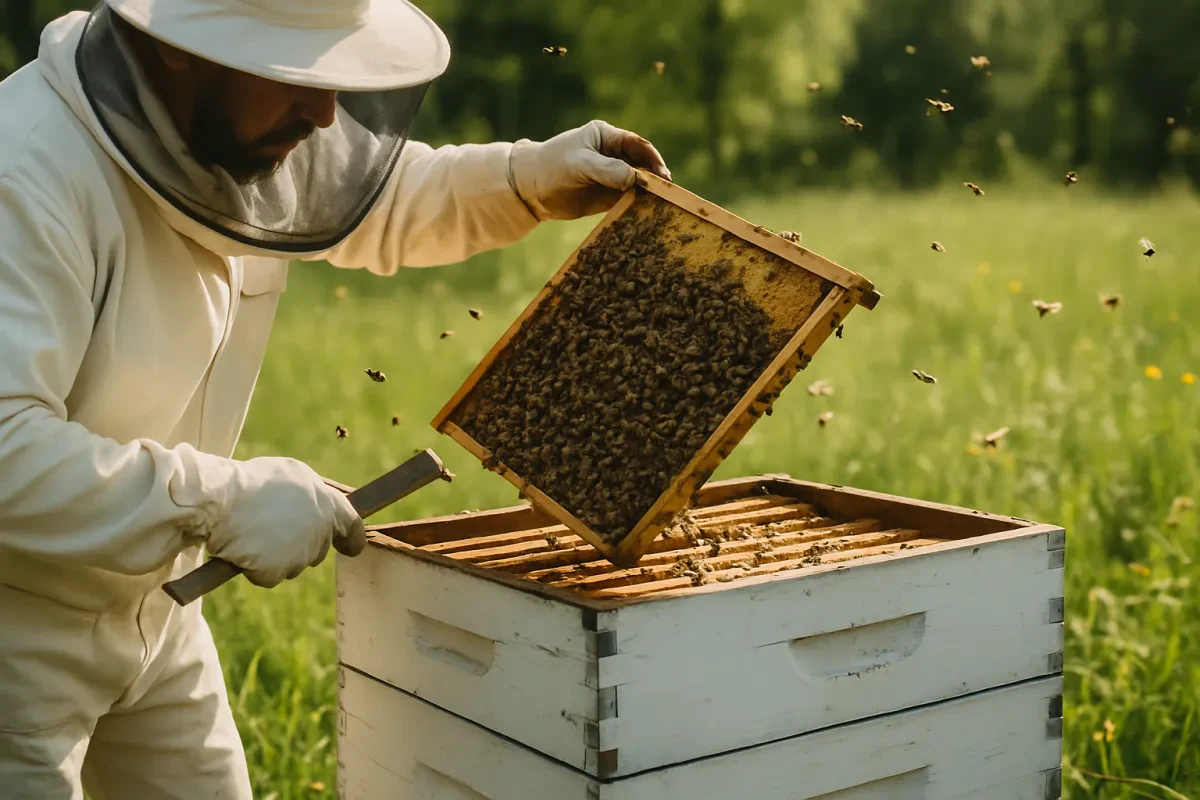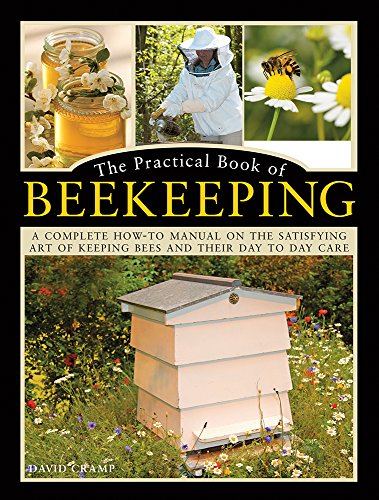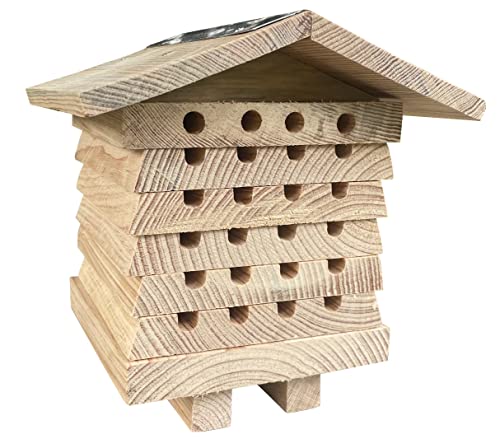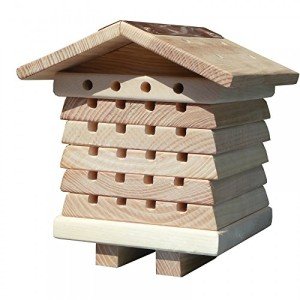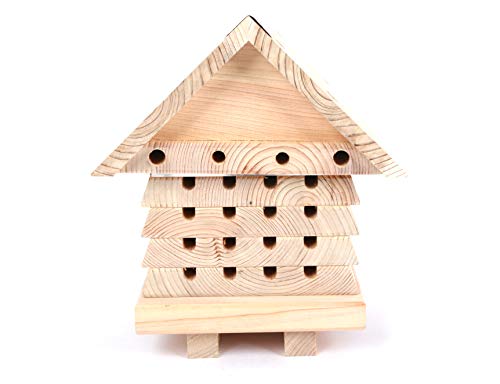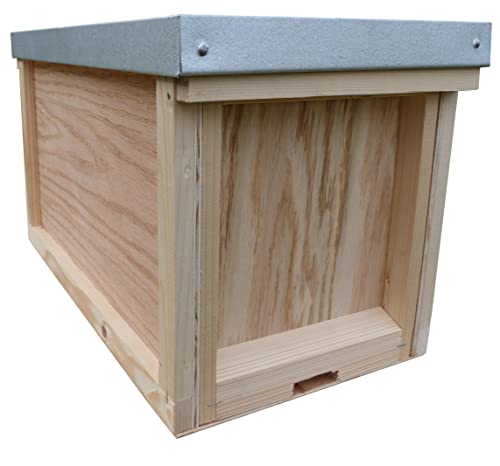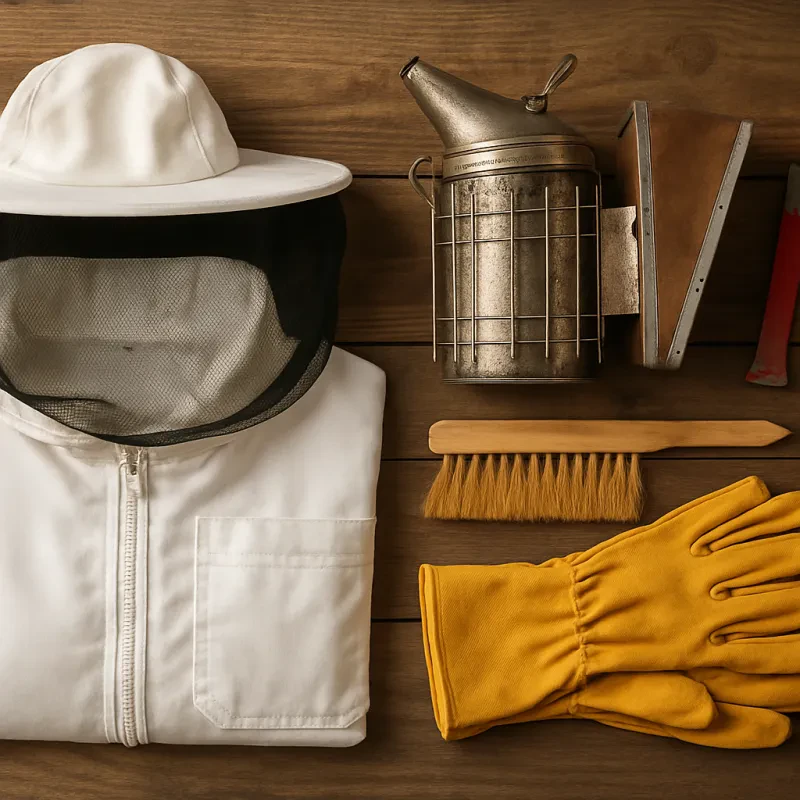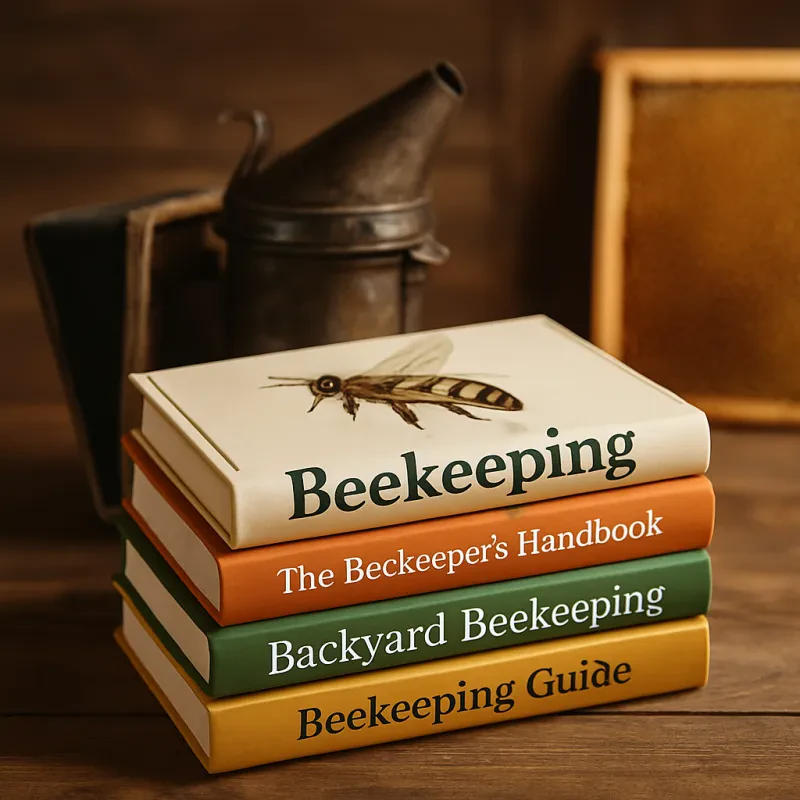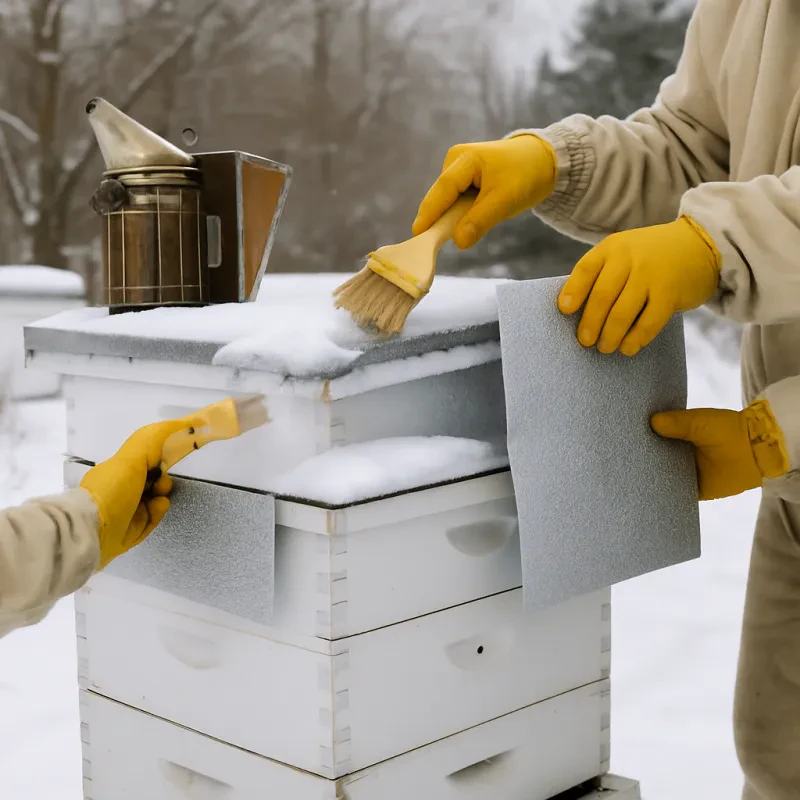Spring is buzzing with activity in the bee yard! As the weather warms up, your hive comes alive. This is a crucial time for Seasonal Care For Bee Hives. The bees are shaking off winter and ramping up their egg-laying and foraging. It’s your job to make sure everything is in tip-top shape.
First off, do a thorough inspection of your hives. Check for any signs of disease or pests. Varroa mites can be a problem, so keep an eye out. Make sure your queen is alive and doing well. A healthy queen will lay a good number of eggs, which means your colony will thrive.
Don’t forget about food! If your bees are running low on stores, consider feeding them sugar water or pollen patties. Spring can be unpredictable, and you want to ensure your hive has enough to eat as it ramps up. Just remember to adjust feeding as natural foraging becomes plentiful.
Lastly, consider adding more space to the hive if it's getting crowded. Bees need room to expand, especially when they start to swarm. You can do this by adding more supers. Just keep an eye on how things develop throughout the season.
Summer Buzz and Hive Management
Summer is a busy time for bees, and it's also when you need to pay close attention to your hives. The weather warms up, flowers are in full bloom, and your bees get into full swing collecting nectar and pollen. This is the perfect time to ensure your hive is healthy and thriving. Seasonal care for bee hives during summer means checking in on your bees often.
Start by inspecting your hive for signs of healthy activity. Look for a bustling entrance with bees coming and going. If things seem slow, it could be a sign of trouble. Checking for enough food supply is crucial. Sometimes, bees might need a little help with sugar syrup if the nectar flow isn’t strong enough.
It's also important to watch out for swarming. Summer is prime time for bees to decide it’s time to move on. Keep an eye out for queen cells and be ready to split hives if necessary. This keeps your bees happy and produces more honey, too!
Finally, keep the hive cool. Bees work hard to regulate temperatures inside. You can help by providing some shade or ensuring good ventilation. This makes a world of difference during those hot summer days. Remember, seasonal care for bee hives isn’t just about checking in; it's about making sure your bees have everything they need to thrive!
Complete Beekeeping Guide: Learn Art and Care
Discover the art and care of beekeeping with our comprehensive guide
Product information
£10.00 £9.20
Product Review Score
4.95 out of 5 stars
126 reviewsProduct links
Fall Preparations for Winter Survival
As summer fades and fall sets in, it's time to roll up your sleeves and get your hives ready for winter. Proper seasonal care for bee hives helps ensure your bees come through the cold months strong and healthy. No one likes to think about those chilly days ahead, but with a bit of prep now, your bees will thank you later.
First off, take a good look at your hives. Check for signs of disease or pests. Varroa mites can be a big problem, so if you spot them, treat your hives right away. Make sure to also clean your hives and remove any old, unused frames or comb. A clean hive means a healthier environment for your bees.
Next, consider feeding your bees. As nectar sources dwindle in the fall, your bees may need some extra sugar to get them through the winter. You can use sugar syrup or candy boards to give them a boost. Just make sure not to overdo it; the goal is to help, not overwhelm them.
Don't forget about insulation! Depending on where you live, adding some insulation can make a significant difference. It helps keep the hive warm, especially during those freezing nights. Just make sure there’s good ventilation to let moisture escape. Too much snugness can lead to problems like mold.
Lastly, make sure your hives are protected from harsh winter winds. You can do this by placing them in a sheltered area or using windbreaks. Keeping your bees out of direct drafts is a simple way to help them stay healthy through the colder months.
Winter Hive Health and Monitoring
Winter can be tough for bees, and it’s crucial to keep an eye on their health during the colder months. If you're diving into seasonal care for bee hives, monitoring your hive now can save you a lot of worry later. Regular checks ensure your bees stay cozy and snug, ready to buzz back to life in warmer weather.
First up, make sure your hive is well insulated. Wrap it in insulation material or use a hive cover designed for winter protection. This helps retain heat and keeps out moisture, which is essential for your bees. During your checks, also look for any signs of pests or intruders. Mice can't resist a warm hive. Install mouse guards to keep them out and avoid any unwelcome surprises.
Don't forget to check your bee's food supply. Make sure they have plenty of honey stored up to last through the winter. If you find they’re running low, you can feed them sugar syrup or special fondant made for bees. Just remember, you want to keep it neat so it doesn’t attract unwanted guests.
As part of your seasonal care for bee hives, consider checking moisture levels too. Excess moisture can lead to problems like mold and disease. Ventilation is super important. If your hive isn’t ventilating properly, add a shim or a vent to help keep the air flowing and humidity in check.
